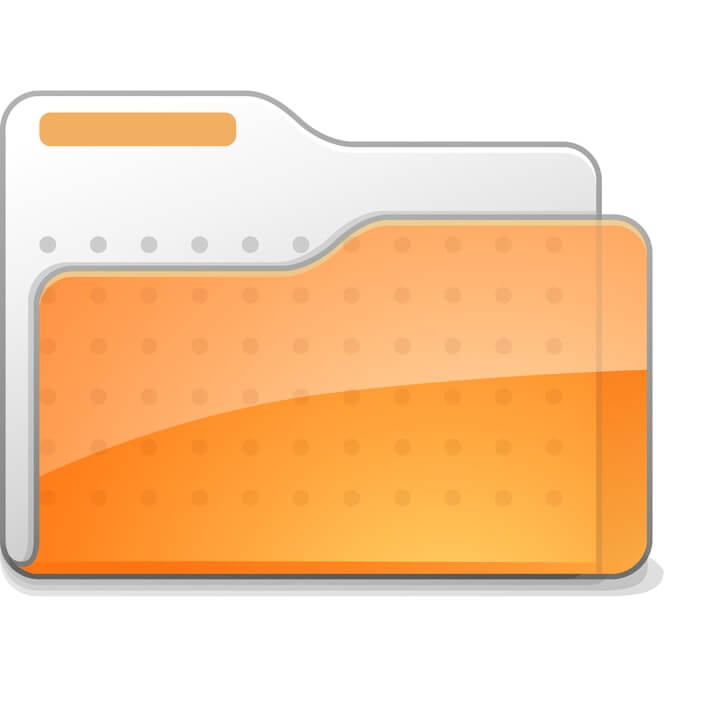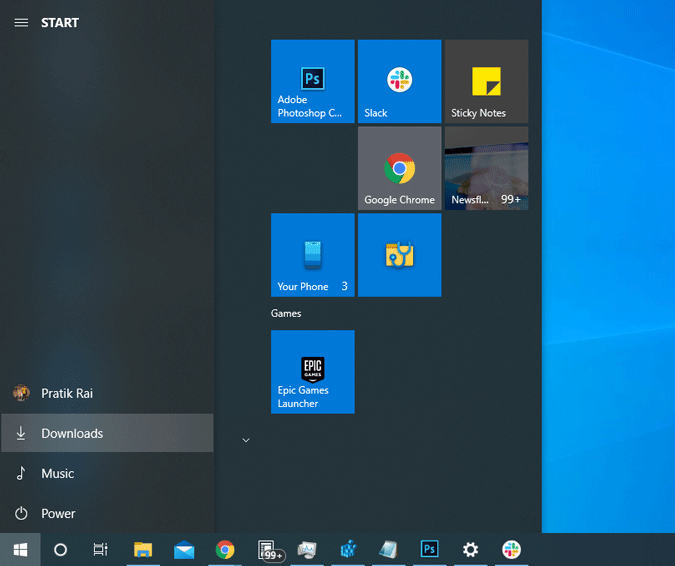

- WINDOWS 10 START MENU FOLDER USER INSTALL
- WINDOWS 10 START MENU FOLDER USER UPDATE
- WINDOWS 10 START MENU FOLDER USER UPGRADE
- WINDOWS 10 START MENU FOLDER USER WINDOWS 10
- WINDOWS 10 START MENU FOLDER USER PC
WINDOWS 10 START MENU FOLDER USER PC
When you're ready to step away for a while, use the power button at the bottom of the Start menu to make your PC sleep, restart, or shut down completely. Lock or sign out of your PC, switch to another account, or change your account picture by selecting your picture (or the Accounts icon, if you haven't added a personal picture) on the left of the Start menu. Just fire it up and head to one of the following locations (tip: you can copy these locations and paste them into the File Explorer address bar). Menu (expands to show names for all menu items) Scroll down the app list to see all apps and programs alphabetically, from A to Xbox. Open File Explorer, Settings, and other apps you use often from the left side of the Start menu. Your apps and programs-right at your fingertips If you need more space, resize the Start menu. Next, make it yours by pinning apps and programs, or moving and regrouping tiles. Just select the Start button on the taskbar. Business PCs, Workstations and Point of Sale SystemsĪpps, settings, files-they can all be found on the Start menu.Printer Wireless, Networking & Internet.DesignJet, Large Format Printers & Digital Press.Printing Errors or Lights & Stuck Print Jobs.
WINDOWS 10 START MENU FOLDER USER UPGRADE

File Explorer (E): Opens File Explorer.
WINDOWS 10 START MENU FOLDER USER UPDATE
Here you can snag the update through the Windows 11 Installation Assistant, through the Windows 11 Installation Media, or through an ISO file.
WINDOWS 10 START MENU FOLDER USER INSTALL
If the 22H2 update isnt yet available for your PC and you still want to install it, head to Microsofts Download Windows 11 website.

Go to Settings > Windows Update and then click the button for Check for updates. Settings (N): Opens the Windows Settings app. 1.First, youll need to update your Windows 11 PC to the 22H2 version if you havent already done so.Task Manager (T): Opens Task Manager, which displays resource usage and process statistics.Windows PowerShell Admin (A): Launches PowerShell as an admin.Windows PowerShell (i): Launches PowerShell.Computer Management (G): Opens Computer Management, a feature that contains admin tools like Event Viewer and Disk Management.Disk Management (K): Opens Disk Management, which allows you to manage your disks and drives.Network Connections (W): Opens your network status information in the Settings app. I logged in using administrator and renamed the folder to My Nickname, after that Im geetting error that setup cant find directory C:Users First Name Last Name. Users may add Start menu entries that creating folders and shortcuts in the associated Start Menu folder, located on the operating system operating media.Device Manager (M): Opens Device Manager, which lets you configure and/or troubleshoot your PC hardware.(Image credit: Future) Quick note: You can also right-click the Taskbar and select the 'Taskbar settings' option.
WINDOWS 10 START MENU FOLDER USER WINDOWS 10
This will open the Windows 10 global startup folder (common for all users). Click the Taskbar page on the right side.


 0 kommentar(er)
0 kommentar(er)
